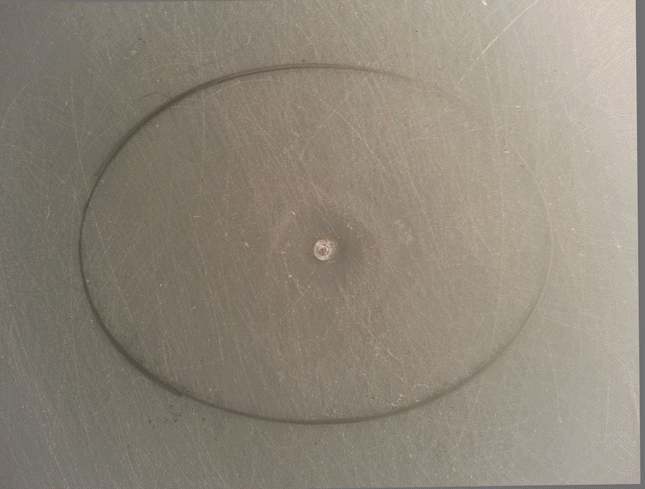So, I've been thinking magnets. I'm planning on making interchangeable settings with magnetic-backed "jewels." For a variety of reasons, I need to minimize hand work and processes like soldering, so I'm looking for cold connections and stuff that can be done via outsourcing. I found a place that sells neodymium magnets, and can even make them to your specs.
Beyond that, I've been trying to come up with a magnet-compatible material for jewelry. Magnets are heat-sensitive (particularly anything close to soldering temperatures), so mounting additional magnets onto jewelry becomes a bit of a logistical issue. Steel is quite strongly attracted to magnets but is inclined to rust unless plated or sealed (and that is no guarantee). Stainless steel? That starts to get interesting.
If you've ever dealt with a fancy stainless steel fridge, you are probably aware that magnets don't usually stick to stainless. This does make me a bit sad, as the stainless 3D printing is all currently non-magnetic. However, there are multiple types of stainless. We most commonly see austenitic stainless (the 200 and 300 series); due to its atomic structure, magnets won't adhere to it (much). What I need is ferretic stainless (400 series). It doesn't hold up as well as austenitic against things like high heat and certain chemicals, but it also doesn't require heat treatment/hardening to set its magnetic properties the way martensitic steel does. There are other, specialty alloys of stainless; I'm only touching on ones relevant to my concerns.
However, there is another concern: skin/metal contact and the potential for reactions. Though I know some folks consider the term "stainless steel" to be synonymous with "surgical steel," that is not the case. Happily, the British Stainless Steel Association has kindly come up with a list of "safe" stainless with sufficiently low nickel for those with sensitivities. They were even kind enough to denote the type!
So, for a magnet-compatible stainless steel that doesn't require elaborate hardening treatment, has workability, and is safe for the skin, I need ...drumroll... AISI 430 / 1.4016 ferritic stainless steel!












































